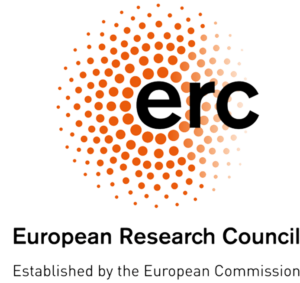The COOL INNOV project is highly interdisciplinary. The dynamic team is assembled from materials scientists, physicists, mechanical engineers, electrical engineers and modellers who develop a collaborative effort under the guidance of Prof. Dr. Oliver Gutlfeisch. They develop an innovative approach to magnetic refrigeration based on the exploitation of the hysteresis inherent to materials with a coupled magnetic and structural transformation by using multiple stimuli. By combining high magnetic fields of 5 Tesla and higher, and mechanical stress, we will use the thermal hysteresis to our advantage and overcome the main problems preventing magnetic cooling from being competitive in the refrigeration market.
The structure of COOL INNOV is illustrated in the figure below. It is separated into four interrelated, multidisciplinary activities: (1) the proof of the multi-stimuli concept, (2) the rational design of new materials, (3) the additive manufacturing of heat exchangers and (4) the development of the demonstrator for the simultaneous application of high magnetic fields and mechanical stress fields.

The multi-stimuli concept activity concentrates on its experimental proof in laboratory conditions supported by FEM simulations, as well as the development of multicaloric test beds. In order to implement the multi-stimuli concept, completely new materials are required, with a special hysteresis shape and magnetocaloric properties, complemented by exceptional mechanical stability. The rational design of new materials is focused on the family of Heusler alloys that exhibit both volume change and magnetization jump at the phase transition. Potential material systems will be identified from ab-initio calculations, followed by different synthesis routes and advanced characterization techniques. These magneto/mechanocaloric materials that match the new high-field, hysteresis-positive approach will be used to fabricate novel heat-exchanger structures using additive manufacturing. Additive manufacturing approach is of a critical importance, since it allows to combine a mechanically sound heat exchanger of a complex geometry optimized for an effective heat transfer with locally tailored, magneto/mechanocaloric properties. All these outputs combined lead to the construction of a demonstrator with the cooling power and efficiency exceeding the existing magnetocaloric devices.



